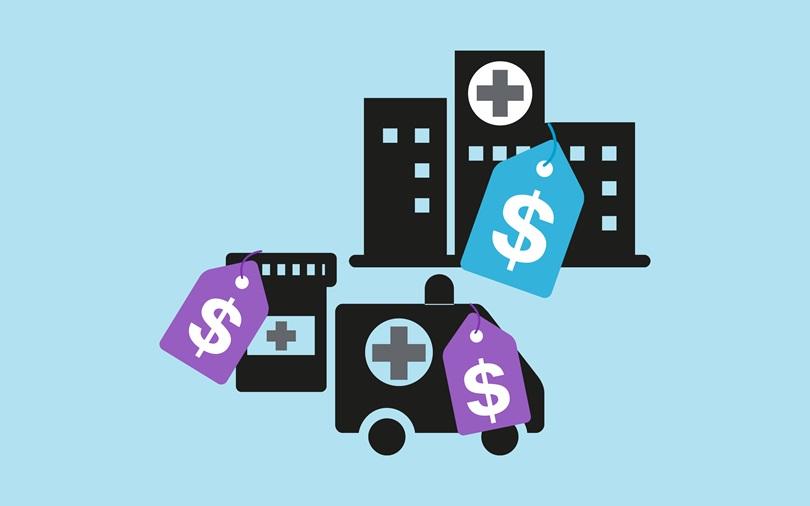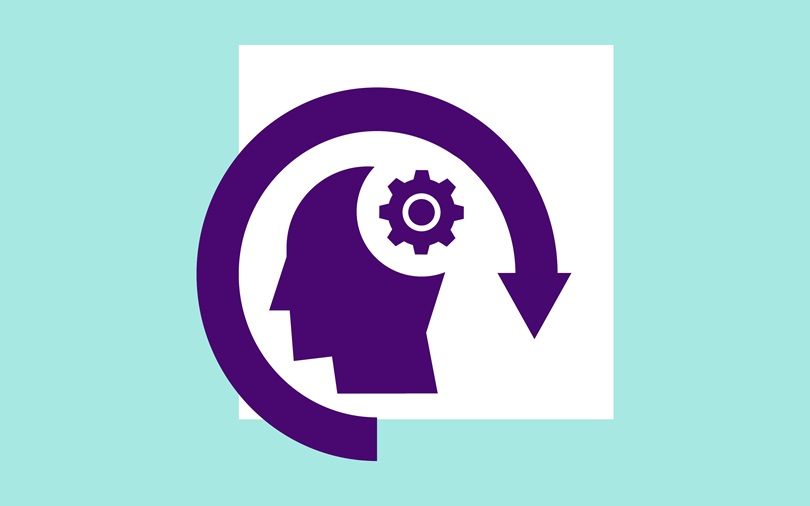The surge in inflation and uncertainty around how long it will persist has put pressure on companies in Asia to adapt their business strategies.
While we expect inflation to revert to historical trends in the second half of 2022 based on energy prices stabilizing, supply chain bottlenecks showing some signs of easing, and consumer spending shifting from goods to services, this inflationary cycle has been longer and broader than in recent history. The risk of high inflation being sustained for longer needs to be watched closely.
Impact of rising inflation on companies

Wages vs Inflation
Employers must balance the cost of their compensation programs with market competitiveness and tight labor supply. While salary budgets for many jobs are higher than in recent years, wages (based on the cost of labor) tend not to rise or fall at the same rate as inflation (based on changes in prices). As a result, managing employee expectations and looking for opportunities to support employees and enhance the employee experience will be critically important to retain and engage employees.

Employer Costs
Healthcare, retirement and other benefits and delivery costs may also rise, while pension costs will vary based on market conditions. Monitoring employee affordability and participation rates will be important to minimize potential long-term health and financial impacts as employees may shift their spending to increased housing, food and energy costs.

Wellbeing
Increased financial pressures impact employee financial, physical and emotional wellbeing, as well as absenteeism and presenteeism costs. Identifying opportunities to support and enhance employee wellbeing will help to create a more resilient and secure workforce.

Employee Experience
While wages are a driver of attraction and retention, company culture, purpose, health & retirement benefits also impact retention and engagement. Leading companies will focus on employee experience as a differentiator to support current employees and attract new talent.

Supply chain
Prolonged supply chain challenges, notably the inability to move goods and services, are an ongoing driver of inflation.

Purchasing power
Inflation causes a loss in the purchasing power of consumers as prices go up. So far consumers have sought to maintain spending patterns, but with continued price rises, many households will need to cut back.

Capital markets
We are at a pivotal point in the capital cycle. The major central banks are tightening monetary policy in response to both high growth and inflation. Tighter liquidity could increase the cost of debt and equity and impact the value of assets and liabilities in the pension fund.

Consumer Struggles Ahead
Wage increases tend to lag consumer prices and tend to be less broad-based and uneven. Large increases typically revolve around job changes and promotions. Standards of living for many employees could be at risk of deteriorating and leading to an erosion in financial well-being and resulting in greater emotional worries – both of which could erode employee performance.








































